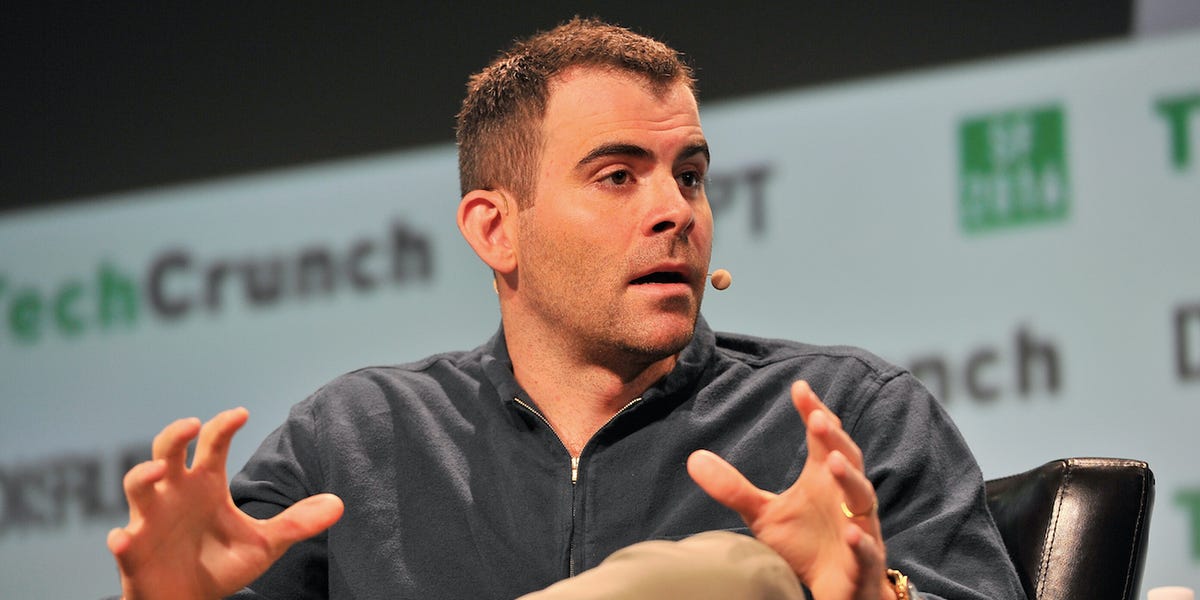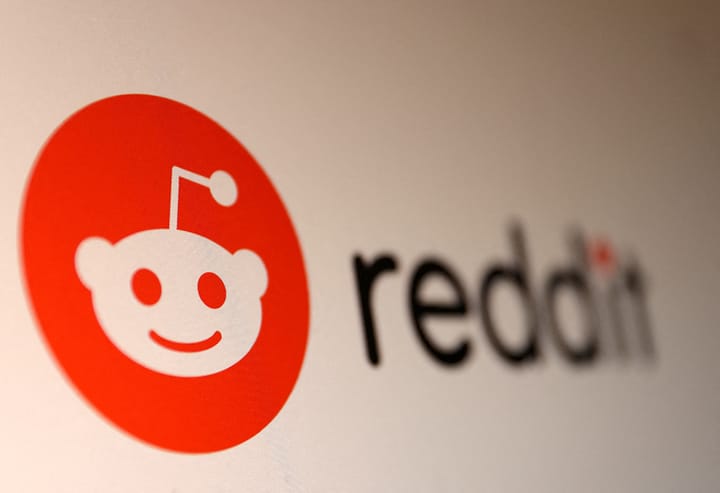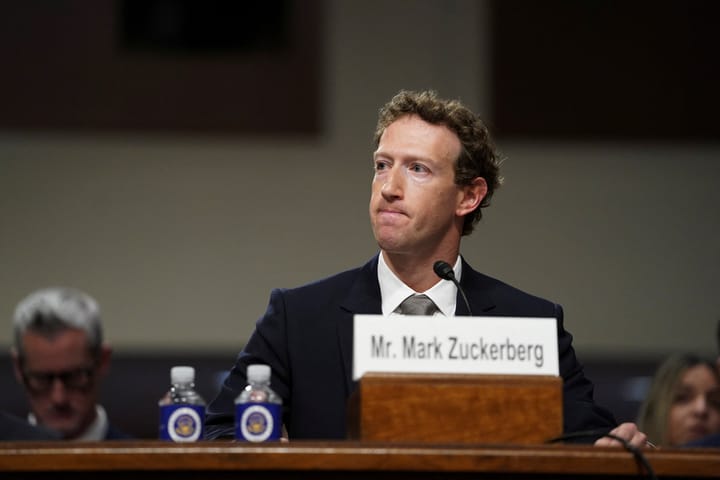Instagram is hiding the number of likes on posts partially because of a ‘Black Mirror’ episode

A few minutes every morning is all you need.
Stay up to date on the world's Headlines and Human Stories. It's fun, it's factual, it's fluff-free.
A recent decision to get rid of public “likes” on Instagram was influenced by a popular episode of the Netflix series, “Black Mirror.” Instagram’s CEO, Adam Mosseri, revealed this fact in an interview with The New York Times published last week.
This decision, which is still in a testing phase, has been met by resistance from the photo app’s loyal users. Other social media companies have similarly faced dissent when attempting to make changes to their platform.
Instagram is changing likes
In April 2019, a user on Twitter named Jane Manchun Wong (@wongmjane) posted that Instagram was “testing hiding like counts from audiences.” After initially denying the change, the company confirmed at its F8 developer conference less than two weeks later that they were testing out this new design feature.
According to The New York Times interview, the change is known as “Project Daisy.” With the new system, the number of “likes” (given by other users by pressing the heart symbol or double-clicking the image) a post receives is only visible to the original poster. Previously, all users could see a running total of how many likes a photo received.
While the change is still in testing, the interview with Mosseri indicates that it’s a change he believes in. He thinks it will make the user experience on Instagram better and less “pressurized.” He doesn’t want users to feel pressured to compare themselves to users with more likes.
Instagram influenced by Black Mirror
Mosseri specifically mentioned the change being influenced by an episode of the popular British show, “Black Mirror.” Though the specific episode isn’t named in the interview, Business Insider speculated the description indicates it was likely the third season episode, “Nosedive.”
That episode stars Bryce Dallas Howard as a woman obsessed with building up her social media score, attained through likes and user engagement. The episode involves Howard’s character experiencing a series of mishaps on the way to the wedding of a childhood friend. In the world of the episode, people’s social media scores are viewable at all times, which ultimately affects their real lives.
While Netflix rarely releases viewing numbers for their shows, “Nosedive” has been often ranked as one of the top episodes of “Black Mirror.” The show, an anthology science fiction series about the effects of technology, began airing episodes on Netflix in 2011 and has released five seasons and one film so far.
[article_ad]
Backlash to the change
Changes to online platforms are rarely received positively – at least initially – but for this change, Instagram’s most vocal critics are also some of its biggest users, a group known as “influencers.”
Instagram influencers are content creators who use the platform to build up an audience and frequently garner sponsorship deals to advertise products in their feed. Influencers are often artists, models, or celebrities who accumulate hundreds of thousands of followers or more.
Some of these influencers are worried brands seeking advertising partners will pass them up without visible likes to prove their reach. Artists have also said, according to the Guardian, being able to see the number of likes on a post allows followers to know their work is “high quality.” That helps them build up a following.
Even celebrities with established fan bases have voiced skepticism at the change. Rapper and singer Nicki Minaj tweeted in Nov. 2019 that she was no longer posting on Instagram because “they removing the likes.”
The difficulty of changing a social media platform
Social media platforms like Facebook, Youtube, and Twitter have billions of users worldwide. That generally means that changes to their platforms are difficult to be universally beloved by all users.
In Sept. 2011, for instance, after Facebook implemented a “Top Stories” feature in the website’s news feed, many of the users complained about the change. In the early days of Facebook, users were shown posts from their “friends” in chronological order. Facebook changed the feed so its own algorithms determined what appeared in the feed first.
Nearly a decade later, though users can still sort their feed by “most recent,” the Top Stories feature is now the default. As a developer at the time of the change said, it is intended to help users see the most relevant content if they hadn’t been online in a while.
In June 2016, Instagram also embraced sorting algorithms for user feeds instead of the strict chronological order. Many users were unhappy about that change as well, so while Instagram didn’t return to chronological order, they did implement changes to the algorithm to focus on more recent posts.
In May 2014, Twitter made a minor change, more specifically, to its default font, from Helvetica Neue to Gotham. Users complained, and by September of that year, Helvetica Neue had returned to the platform.
[article_ad]




Comments ()